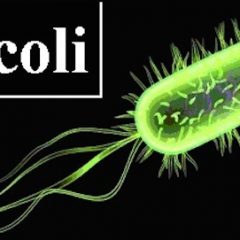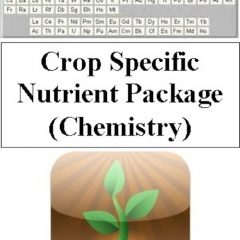$40.50
Note: If you are ordering the Advanced Biology Tests, you will not need to purchase this as well.
Nematodes are extracted from the sample using an enhanced Baermann funnel technique. The nematodes are then identified to genus and counted using direct microscopy.
Please contact us if you would like to purchase testing - as we are negotiating our next years pricing with the lab
Description
Note: If you are ordering the Advanced Biology Tests, you will not need to purchase this as well.
The process for identifying and quantifying Nematodes is relatively simple in function, but the results are often a very useful indicator of the health of soil. Similar to Protozoa, Nematodes are very important for the nutrient cycling they provide. We report total number of Nematodes per gram or ml in the sample, then we breakdown this total population to Genus and Functional Group.
The Functional Groups of Nematodes are —
Bacterial Feeders: This group of Beneficial Nematodes feeds on bacteria, they help to keep the bacterial populations in balance and in the process of consumption cycle soluble nutrients in the root zone of the plants.
Fungal Feeders: As the name would suggest this group of Nematodes feeds on fungi, again, keeping these populations in balance and cycling nutrients in the root zone. Many of these types of Nematodes also feed on fungi that can cause disease in plants. Having a good, diverse population of these organisms can be a valuable asset for plants that are more susceptible to some types of fungal diseases.
Predatory Nematodes: These Nematodes are specialized in eating other Nematodes; typically they prey on Root Feeding Nematodes and can help minimize the damage from them. This group will also consume Protozoa and some types of micro‐arthropods. Again, their excretions become an excellent source of nutrients for plants.
Fungal/Root Feeders: This is an interesting group of Nematodes, they typically act as Fungal Feeders, but if the population of Fungi is low, or if the right combination of plants and Nematodes are present they will eat the roots of the plants. We use this group as an indicator for both healthy fungal populations and, at the same time, for potential disease issues in the plants.
Root Feeders: This is the group of Nematodes that is truly parasitic to plants. There are many types, and depending on the Genus and the plant being grown, they can be a real problem for production and plant health. As few as one root feeder per gram of soil can hinder productivity. As an indicator of soil health, this is a group to watch. By looking at the total population and functional groups of Nematodes in a soil or solid amendment such as compost, while cross‐referencing the plant being grown, we can get a fairly good picture of productivity. In solid amendments, we can find very high numbers of Nematodes, but usually very low diversity; however, despite the low diversity, compost is one of the best sources for nematode inoculants. In liquid amendments, such as compost tea, we typically find very few Nematodes; they do not like pure liquid environments.
Retail Value: $45.00


